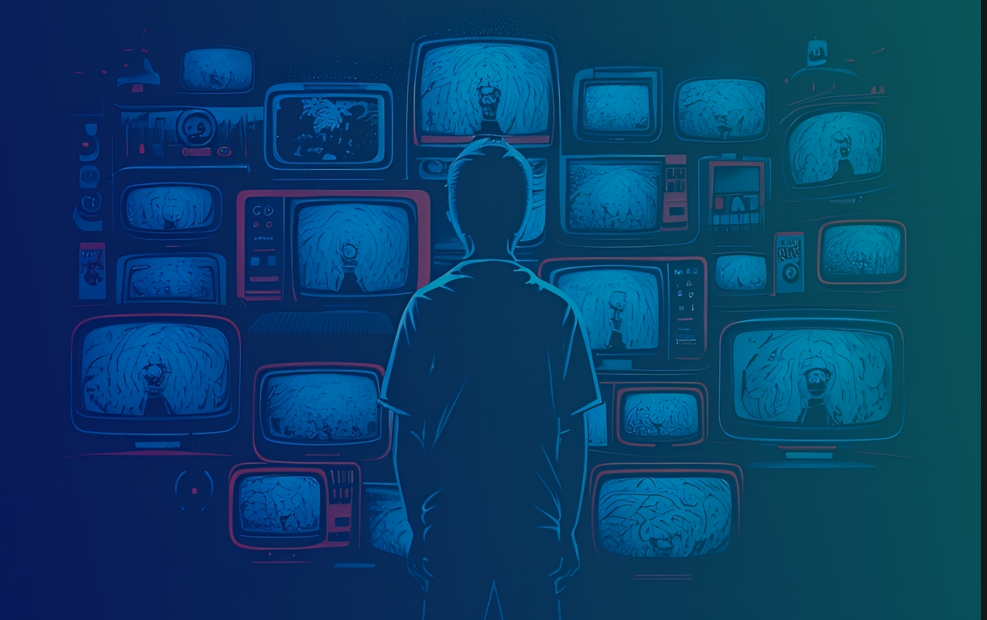With information disorder cascading through contemporary crises, understanding risk in a new way has become a critical skill for those in crisis management roles. Far from being a new phenomenon, information disorder has simply migrated from the printing press to radio, television to the internet, while cascading across social networks. You might already be familiar with information disorder, it goes by a few aliases: misinformation, disinformation and malinformation.
Like a plague, information disorder is highly infectious, extremely adaptable and increasingly resistant to conventional means of treatment. For those in crisis management roles, it is no longer enough to simply identify risks, analyse them, evaluate the likelihood of them occurring, choosing a way to manage them and then monitoring their status. Information disorder spans multiple risk categories concurrently, converging traditional and non-traditional risks in ways never seen before. The impact this has on crisis management is profound: converged risks require detailed strategic preparedness, multi-stakeholder responses, often a dedicated crisis budget and the cultivation of significant resilience toward complex scenarios.
In this new converged crisis paradigm, winning without fighting is impossible as noxious actors engineer footholds in otherwise benign information spaces using guerrilla warfare tactics. This results in an asymmetric information environment that enables fiction to flourish to the detriment of the individual, group or organisation impacted by the crisis. Noxious actors have become so adept at engineering fake news – quickly disseminating and amplifying stories, that organisations are left scrambling to mount an effective defence or counter strategy.
With long-lasting impacts, have you considered the following risks to your clients or organisation?
Doxing
Doxing is the publication of personal, identifying information on the web or dark web for others to use at will without the consent of the owner. For example, posting an ex-partners name, birthdate, email address and phone number online is doxing. You can even dox yourself inadvertently by posting the same or similar information in open forums or on social media.
Consider the scenario of signing an online petition or donating money to a particular cause. Even the simple action of leaving your full name – or if you’ve used a social network login to join or login into the platform – your social media bio picture, putting you in league with a group of like-minded people. Essentially a list is created that names people who support a particular cause. If you have an open digital footprint – where details of your employment, home or even children’s schools can be easily established, your information can be aggregated and shared online amongst noxious actors who oppose the cause you’re supporting or petition you’ve signed.
What can often result is targeted, persistent harassment at both an individual and organisational level.
“Doxing of Trump donors – politician names donors by published a list online”
Kickstarter suspends fundraiser, because of potential for doxing
Doxing can also be a tool of cyberbullying, domestic violence and terrorism
‘We’re watching you’ ABC Journalist’s mobile phone number posted online resulting in deluge of abuse
Secret apps and self-‘doxing’: How victims of domestic abuse are escaping tech savvy abusers
“Crisis Actors” take narrative centre stage
The term “Crisis Actor” has become the sledge of the decade to attempt to denigrate and discredit people who are victims of or impacted by high profile crises.
The term is most often used by conspiracy theorists, some with self-built online newsrooms with global audiences, to oppose the truth behind a crisis or in opposition to the issues it subsequently raises (political, social, environmental or situational).
Incidents occurring because or as a result of issues polarising a community can quickly gather steam with noxious actors exploiting both their audiences’ ability to organically amplify fake news while concurrently exploiting social network algorithms for quick gains into mainstream media (yes, some media outlets report ‘trending’ topics or stories regardless of their origins or authenticity).
From gun control to contraception, vaccination to migration – the ability to label spokespersons, victims or even experts as ‘crisis actors’ creates a parallel narrative that dilutes the media landscape and distracts away from the true story of events.
Pro-Trump media are already accusing Santa Fe shooting survivors of being crisis actors
Online impersonation and false identification
Impersonating others online, especially during a time of intense public interest, is becoming a standing modus operandi for scammers, racists and opportunistic news jackers.
Fraudsters and scammers can be found impersonating family members or organisations on crowdfunding sites to raise money in response to an emergency – with of course none of the funds raised going to the victims or official charities. Similarly, trolls and dating scammers lift the real identities of people online to create new accounts for nefarious reasons.
“Crowdfunding scammers target grieving family”
4chan trolls impersonate Jewish people on social media to spread hate
Why deepfake videos means you can no longer believe what you see
Another example includes individuals who are falsely identified as a criminal suspect or terrorist attacker by over enthusiastic internet sleuths or malicious actors. Far more than a case of honest mistaken identity, these hoaxes have significant impacts on the lives of many:
Trapped in a hoax: survivors of conspiracy theories speak out
Attack of the Bots
Bots can come in many forms from helpful digital assistants to armies of fake Twitter users.
Keen to sway public opinion one way or the other during a political debate or want to change the narrative away from a particular focus?
For $100 you can buy your own Twitter Bot Army to game social network and search engine algorithms to amplify your content. While some may argue this is a savvy way to ensure your client is at the top of people’s newsfeeds – or alternatively their scandal is overrun by a bigger, more viral story making it less newsworthy– the ethics around inauthentic amplification puts it squarely in the dark-arts category.
Nearly 30 per cent of antisemitic online attacks are bots
Russia spreads fake news via Twitter bots after Salisbury poisoning – analysis
While there will always be armies of bots for hire, they aren’t necessary to do short term damage:
11 Tweets that turned the stock market upside down
JP Morgan study finds Trump’s tweets causes stock market ripples
The Good News
By planning for these risks – particularly as they converge with critical incidents and disasters that see an outpouring of public grief and donations; you can reduce the opportunity and information space that a noxious actor has to inject themselves into the story and create havoc.
- Plan for the zombie apocalypse: even if you rate the occurrence of the risk as unlikely or low, you cannot discount your organisation or client becoming collateral damage in someone else’s crisis or attack.
- During emergencies that will generate goodwill via financial donations, establish and widely publicise the official, single online donation portal. Actively search for and shutdown non-official donation portals. Alert your audience to scammers trying to impersonate victims or organisations.
- Protect the identity of donors by restricting the information that is made public with their donation. Use initials or first names only, and avoid allowing third party integration with social networks which pre-populates bio images and names.
- In disasters or critical incidents, move to head off any fake news that is trending quickly and with authority. This may mean you need to leverage your stakeholder relationships in Government to have officials publicly debunk lies and fake news.
- Validate all information you intend to publish. Work on the assumption that any internal information you share within your organisation or client’s organisation will become public.
- If you observe a coordinated, fast moving online movement in response to your crisis that is unusual or out of context– report it to the network involved promptly. They too are monitoring information that quickly scales on their platform and the more reports they receive objecting to the content, the quicker they are able to make better assessments on accounts and unusual but coordinated activity.
Most importantly, plan for and train in scenarios of converged crises.
As Warren Buffet said: “An idiot with a plan can beat a genius without a plan.”

